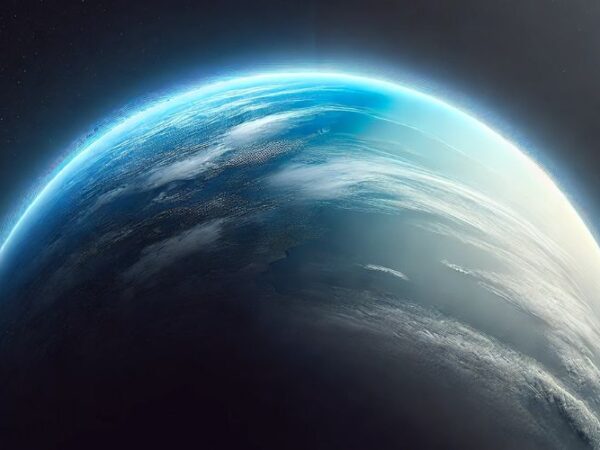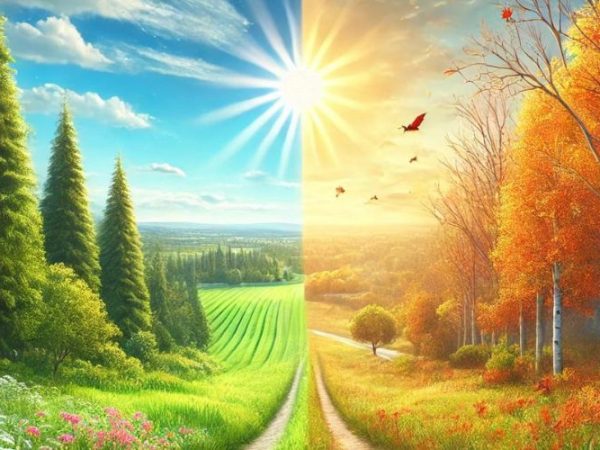Briefly
Glaciers symbolize both the majesty and the harshness of nature. They represent timelessness and the slow but unstoppable force of nature’s transformative power. Glaciers can also signify coldness, isolation, and the concept of preservation, as they encapsulate and entomb elements of the past within their ice. The duality of their nature is evident as they are both static and dynamic, appearing unmoving yet carving landscapes over millennia.
Glaciers in Dreams
In the psychological landscape of dreams, a glacier might signify deep-seated emotions or long-standing issues that have been “frozen” in the subconscious, suggesting something substantial and influential in the dreamer’s life that is not immediately visible on the surface. It could also indicate a feeling of being overwhelmed or immobilized by life’s challenges, reflecting the dreamer’s internal emotional climate and the pace at which they are processing personal change or growth.
Glaciers in Myths and Folklore
Within myths and legends, glaciers often hold a sense of mystery, being portrayed as gateways to other realms or the abodes of ancient beings. They may represent the edge of the known world or serve as the forbidding domains of deities or formidable creatures in stories. For instance, in Norse mythology, glaciers, and the ice they represent, are foundational in the creation story, where they counterbalance fire from the world of Muspelheim. Glaciers in folklore are places of hidden knowledge or power, embodying the awe and respect that humans have historically held for these imposing and enigmatic features of the natural world.

Read also Ice Symbolism & Meaning

Reviewed by Alexander Lys, M.L., a specialist in the field of symbolism research and dream psychology. A certified participant in numerous psychological seminars and courses, the author of hundreds of articles on psychology, including studies on symbolism in dreams and myths from a scientific perspective.



